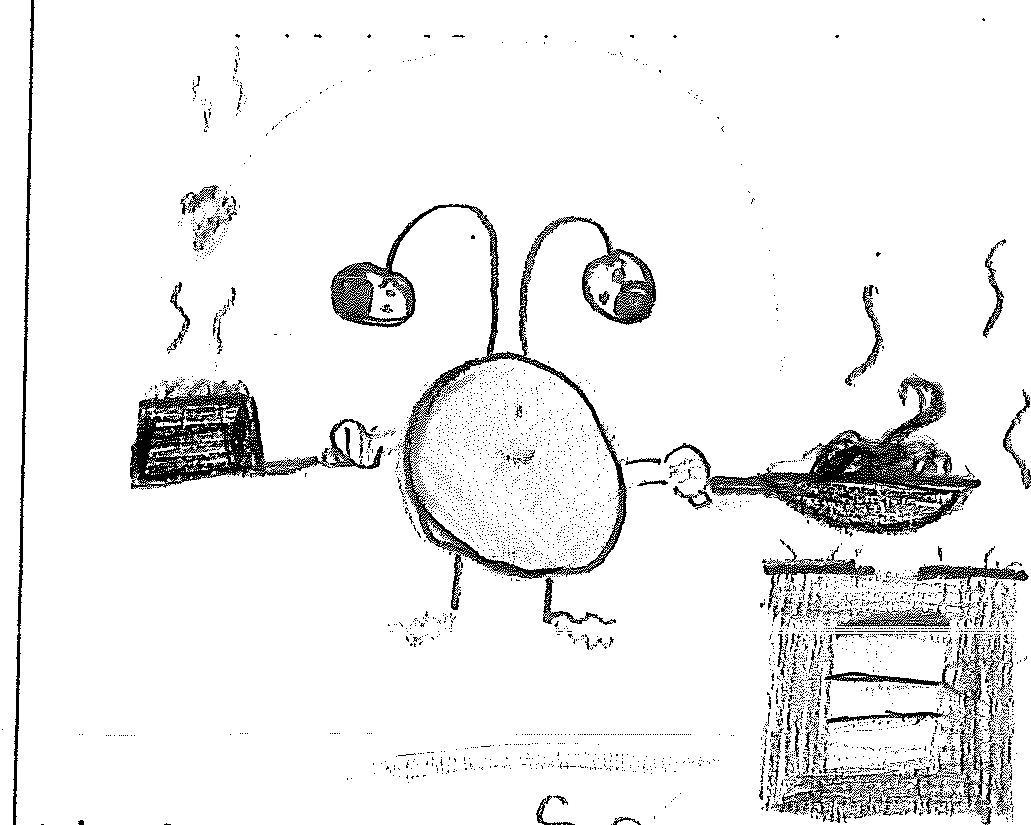- Home
- Resources
- Work samples
- Samples
- Agreeing adjectives - AT
Languages: Italian
Years 3 and 4
Satisfactory
Agreeing adjectives
Summary of task
During an introductory activity to consolidate learning, students were asked to show their understanding by agreeing adjectives into masculine and feminine nouns.
Achievement standard
By the end of Year 4, students comprehend a range of spoken, written, and multimodal texts on familiar topics, including home life, friends and classroom activities. They use Italian to communicate and to interact, for example, to exchange greetings and to address people, using appropriate languageand pronunciation, and often formulaic expressions. They ask and respond to simple questions, by selecting between alternatives provided, by using short spoken responses which may consist of incomplete or partial Italian phrases and structures, or by using a key word to convey a whole idea. They talk about self, family, people, places, routine, school life and their own interests and preferences, for example, Com’è la tua casa? La mia casa è grande, Ci sono due camere da letto e due bagni. Mi piace la mia camera da letto. They use short sentences, reorganising known language to fit personal responses, for example, Giochi domani?Sì/no/Forse. Students understand short written texts, using visual cues, prediction and questioning to decipher meaning. They recall key ideas and events, recognise meanings, and respond meaningfully. Students create written texts of a few sentences using familiar language and structures.
Students demonstrate an understanding of the fact that language is used differently in different situations and contexts. They know the importance of using appropriate language when interacting in Italian, including informal/formal language, and the use of titles and gestures. They vary their responses and statements by choosing adjectives and adverbs, and by combining sentences. They demonstrate understanding of basic Italian grammatical rules, such as the fact that nouns have masculine or feminine gender and singular and plural forms, and that nouns, adjectives and articles need to agree. They identify similarities and differences in the patterns of Italian language compared to English and other familiar languages. They create texts that show understanding of how ideas are connected and how images support the meaning of texts. They make connections to personal experience when describing characters, events or cultural practices and behaviours encountered in texts. They identify cultural differences in ways of communicating and describe similarities and differences between their own and other cultures.
 1
Annotation 1
1
Annotation 1
Comprehends written instructions in Italian 2 Annotation 2
Writes correct feminine form 'alta' 3 Annotation 3
Knows that masculine form is 'nuovo' 4 Annotation 4
Understands that adjectives ending in e remain the same for masculine and feminine nouns
-
Annotations
-
1
Annotation 1
Comprehends written instructions in Italian -
2
Annotation 2
Writes correct feminine form 'alta' -
3
Annotation 3
Knows that masculine form is 'nuovo' -
4
Annotation 4
Understands that adjectives ending in e remain the same for masculine and feminine nouns
 1
Annotation 1
1
Annotation 1
Follows instructions to complete the exercise 2 Annotation 2
Demonstrates understanding of meaning of adjective by placing under the appropriate image 3 Annotation 3
Agrees the adjective to gender of noun
-
Annotations
-
1
Annotation 1
Follows instructions to complete the exercise -
2
Annotation 2
Demonstrates understanding of meaning of adjective by placing under the appropriate image -
3
Annotation 3
Agrees the adjective to gender of noun
